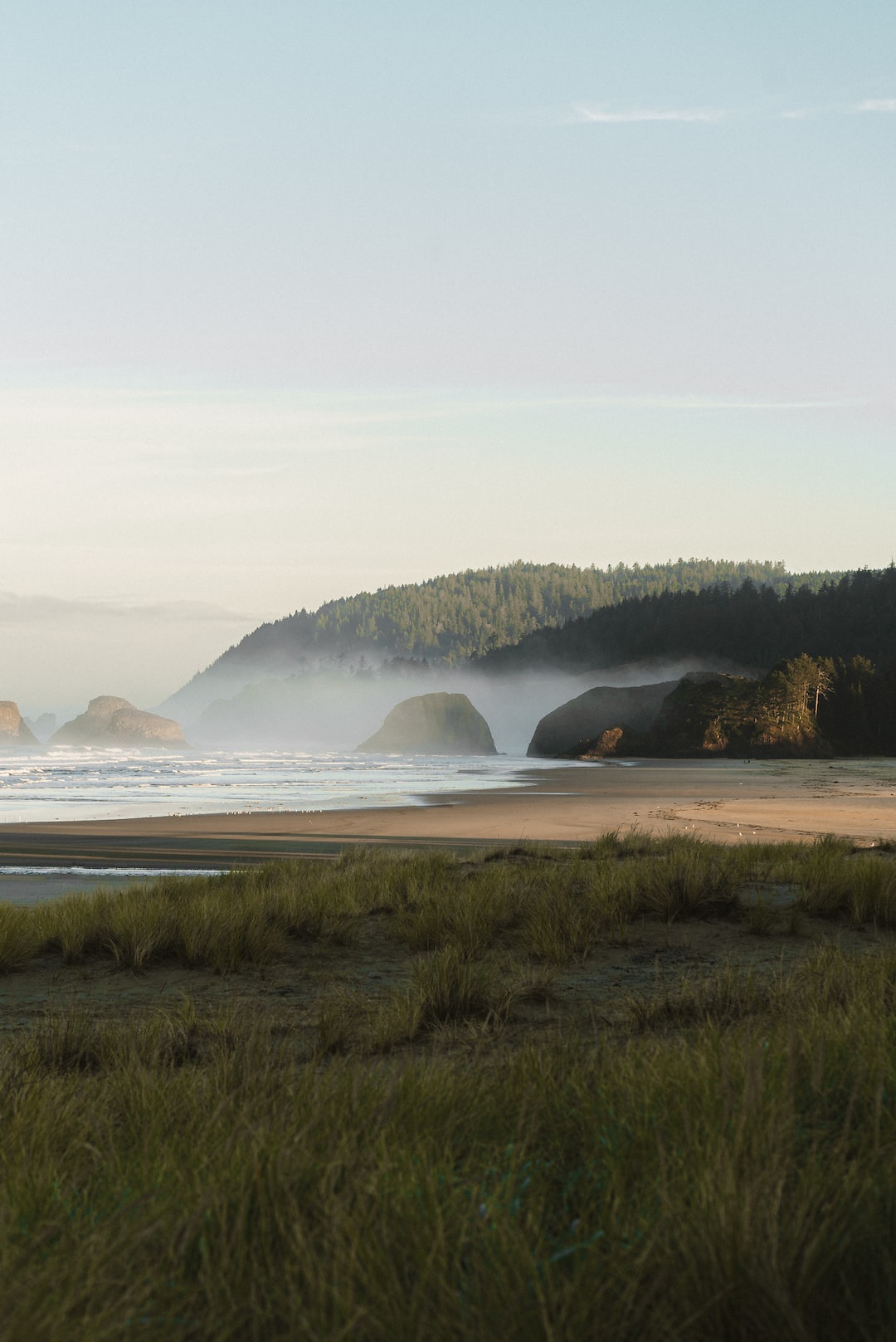Animation in web design is a powerful tool that can make your website more engaging, interactive, and visually stunning. From subtle hover effects to complex 3D animations, animation can help convey information, create memorable experiences, and make your website stand out from the crowd. Here are a few ways in which you can use animation in your web design to enhance your user experience.
First and foremost, animations can be used to guide users through your website. By using animated transitions between pages, scrolling effects, and parallax animation, you can help your users understand where they are on your website and how to navigate to their desired content. These animations can also create a sense of continuity and flow, making your website feel more cohesive and polished.
Animations can also be used to draw attention to important information. For example, using a subtle animation to highlight a call-to-action button can increase its visibility and encourage users to take action. Additionally, animations can be used to add emphasis to specific pieces of text, such as important headings or quotes, making them stand out and easier to read.
One of the most exciting uses of animation in web design is to create interactive experiences for users. By using animations to respond to user input, designers can create engaging and immersive experiences that feel more like a game or an app than a static website. For example, a simple hover effect can be used to reveal hidden information, or a click-and-drag animation can be used to create a carousel of images.
Animations can also be used to communicate complex information in a more digestible way. For example, an animation can be used to illustrate the steps in a complex process, such as showing how a piece of machinery works or how a software program is coded. By breaking down complex concepts into smaller, more understandable pieces, animations can help users grasp information more easily.
Finally, animations can be used to add an extra layer of personality and creativity to your website. By using custom animations and illustrations, you can create a unique and memorable visual style for your website that sets it apart from competitors. Animations can be used to add whimsy, humor, or drama to your website, which can help create an emotional connection with your users.
However, it is important to note that using too many animations in your web design can be overwhelming and distracting for users. Always keep in mind that your animations should be purposeful and serve a specific function. Don’t use animation just for the sake of using it – make sure it enhances the user experience and adds value to your website.
In conclusion, animation can be an incredibly powerful tool in web design when used thoughtfully and purposefully. By guiding users through your website, drawing attention to important information, creating interactive experiences, communicating complex information, and adding personality to your website, animation can enhance your user experience and make your website stand out. So, go ahead and experiment with animation – but always keep your users in mind and use animation to create a better user experience.
